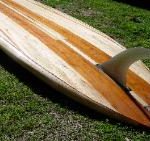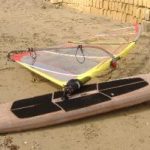The Perfect Tree
Imagine the best qualities you could ever hope to find in a species: Attractive grain, easy to work with, strong, lightweight, rot resistant…..And then add in that it’s one of the world’s fastest growing trees, and what do you get? I’ve just described what proponents love about Paulownia.
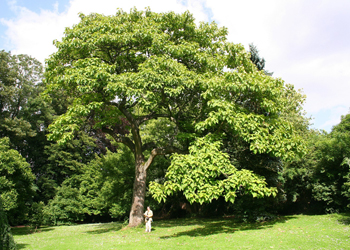
photo courtesy of Jean Pol Grandmot
So why isn’t this wood readily available? Why doesn’t every hardwood retailer stock it? One of its attractive features – its sustainability – has also earned it designation as an invasive species in several states across the southern US. The trees are native to central China and the lumber is prized in Asia as a wood for musical instruments, furniture, and for smaller, lightweight, watercraft construction. The trees are found as far north as Montreal, but are mostly found and grown in the warmer southern climates. One Paulownia tree can produce thousands of seed pods, and each pod can contain up to 20,000 seeds, which are spread with the wind. You can see how this could get out of control! In a plantation setting, a Paulownia tree grows about 15 feet the first year, and 20 feet the second year. At that point it slows down and develops a large canopy. It is ready to harvest in about 15 years.
Uses for Pawlonia Lumber
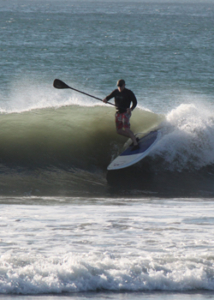
Carl Mahlstedt, owner, Goosebay Lumber
Goosebay became interested in – and began stocking- Paulownia when we started stocking wood surfboard kits. When making a wooden surfboard you need strength, but if you are intending to use the board, you need to be very conscious of the weight of the board. Paulownia has roughly twice the strength of Balsa wood, and very little additional weight. Paulownia allows you to construct a strong board that will weigh roughly what a similar glass board might weigh. It is also a useful wood to use in building smaller boats, where weight is also a consideration, such as in kayak construction.
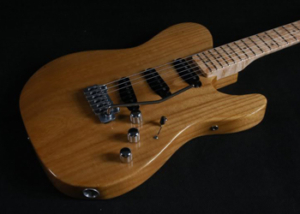
photo courtesy of Ron Kirn
Instrument makers prize Paulownia for its sound qualities, although many are cautious in researching the source of the Pawlownia. Much of the Paulownia available as lumber is grown in plantations. Many instrument makers look for forest grown, slower growth wood.
Most of the Paulownia we stock at Goosebay is of a size more suited for marine purposes than for musical instruments. We have had some electric guitar blank stock. The feedback from customers who used it was good – they were generally happy with the sound quality. As Young Carl points out, however, it would make for a pretty light guitar. He’s not sure he would like the feel as opposed to his current guitar, which has an alder body.
Sources
American Paulownia Association, vol24 no 1, February 2016
A Beautiful Tree That Shows a Sinister Side, NY Times, June 30, 2002, NY Region
http://www.woodsurfboardsupply.com/wood.html
www.ronkirn.com
 Admission to the Open House is free of charge, there is a $45 charge and reservation required to attend the Lobster Bake. You can try any of Lie-Nielsen tools – educators will be on hand to teach and demonstrate. In addition to several “tool talks” and guest demonstrators, the Maine Forest Service will lead guided Tree Identification Tours on Friday and Saturday. Tours will leave from the showroom at 12:00PM and 2:00PM. Learn tricks and techniques for identifying common New England tree species.
Admission to the Open House is free of charge, there is a $45 charge and reservation required to attend the Lobster Bake. You can try any of Lie-Nielsen tools – educators will be on hand to teach and demonstrate. In addition to several “tool talks” and guest demonstrators, the Maine Forest Service will lead guided Tree Identification Tours on Friday and Saturday. Tours will leave from the showroom at 12:00PM and 2:00PM. Learn tricks and techniques for identifying common New England tree species.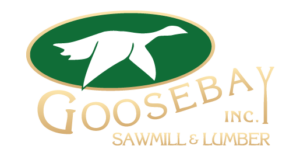
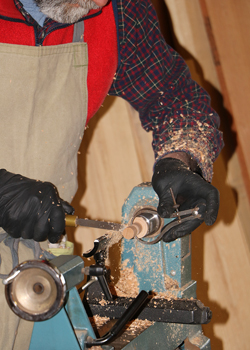
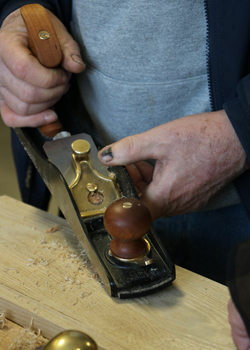

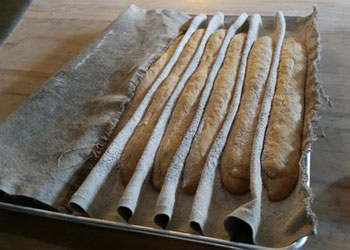
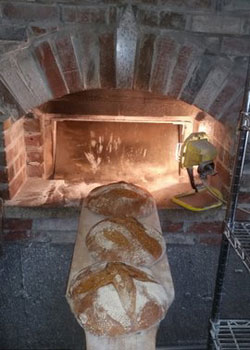
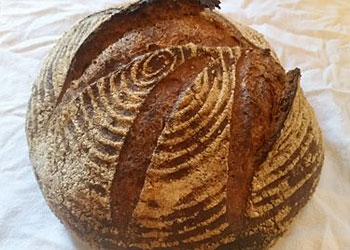
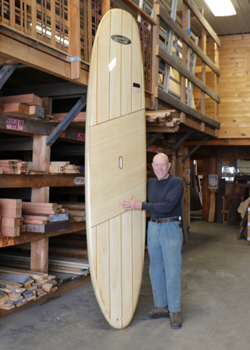



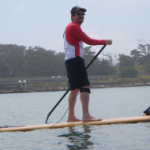 The ” Malco” 11 foot SUP was designed by Malcolm Schweizer. It has a little concave in the nose and a slight “V” in the tail. Plus the rib design lets you build the rails two different ways (built up solid rails or wood strip hollow rails).
The ” Malco” 11 foot SUP was designed by Malcolm Schweizer. It has a little concave in the nose and a slight “V” in the tail. Plus the rib design lets you build the rails two different ways (built up solid rails or wood strip hollow rails).